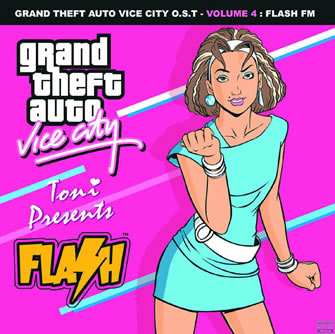Forum | Week 5 | My Favourite Things II

This week Stephen Whittington (1) played us a selection of works from Negative Land. Since 1980, Negativland have been creating records, CDs, video, books, radio and live performance using 'appropriated' sound, image and text. Mixing original materials and original music with things taken from corporately owned mass culture and the world around them, Negativland re-arranges these found bits and pieces to make them say and suggest things that they never intended to.(2) The outcome of this seems far too 80s for my liking, and also has a little too much of a 'cool to hate' vibe. While I can tell a lot of effort went into the creation of their new DVD Our Favourite Things, ultimately I did not enjoy it. Perhaps this is due to my inability to accept pop art as a respectable creative field, but in the end I just did not enjoy the sound or the visuals or the combination of the two.
1. Stephen Whittington. "Music Technology Forum - Week 5 - My Favourite Things II." Lecture presented at the Electronic Music Unit, University of Adelaide, South Australia, 28/08/2008.
2. Negativland biography, http://www.negativland.com/index.php?opt=bio&subopt=neglandbio







